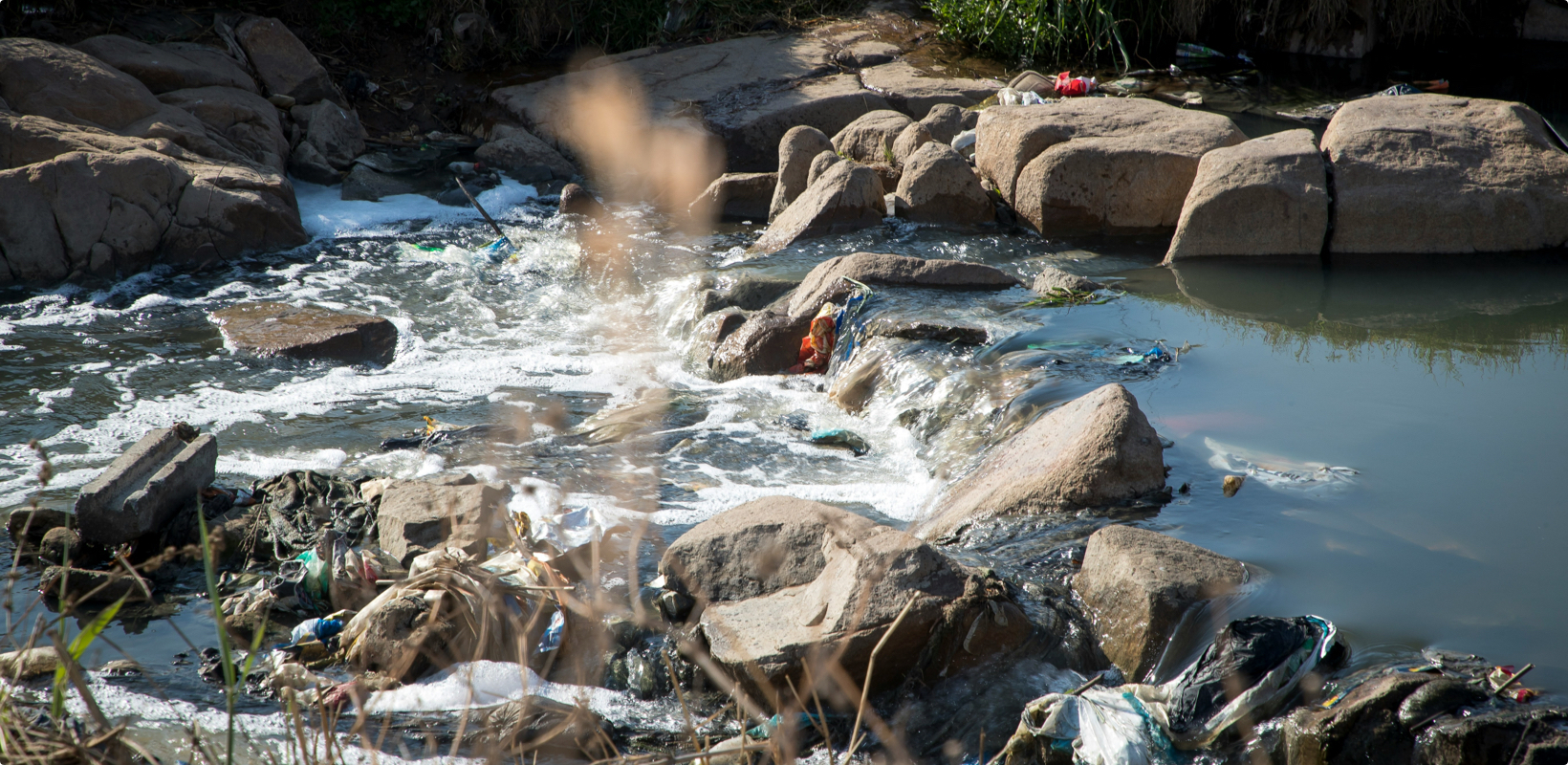What types of water filters reduce emerging contaminants and microplastics?
Systems that hold NSF/ANSI 401 certification have been proven most effective in reducing emerging contaminants and microplastics.
The EPA is tasked with regulating water standards and ensuring what’s coming from your tap is safe to drink. But new types of contaminants are being discovered in drinking water every year and it can be difficult for regulators and scientific researchers to keep up.
Pollutants that fall under this category are called emerging contaminants and include many things you don’t want to drink, including pharmaceuticals and over-the-counter drugs, pesticides, microplastics, and more.
Scientists are currently working to figure out how emerging contaminants and microplastics impact the human body. Still, there is growing concern about long-term exposure to pharmaceuticals, pesticides, and industrial chemicals. The same can be said about microplastics, which may negatively affect bodily processes—including the reproductive system—and increase the risk of heart attack and stroke.
You won’t find a filter that reduces all emerging contaminants. However, a countertop, under sink or reverse osmosis system that holds NSF/ANSI 401 certification ensures the reduction of up to 15 emerging contaminants, including industrial chemicals like Bispherol A (BPA), pesticides like DEET, and more. Systems that hold this certification will also help to reduce your exposure to microplastics.

